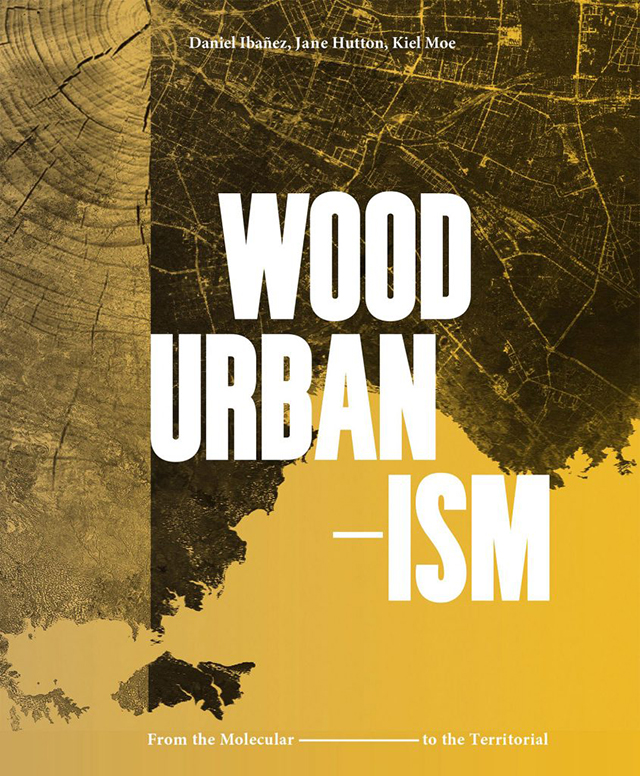Frank Lloyd Wright's shabby models and how MoMA preserved them
The majority of the models were far from pristine. Architectural maquettes are often only used to quickly communicate an idea; longevity of materials such as chipboard or Plexiglas is rarely a concern. So, when Moody set out to restore the 14 models in MoMA’s archive (the museum holds the three-dimensional works of Wright’s massive archive), she was faced with missing elements, acidified paper, warping, and discoloration, among other issues.
Exploring lesser-known parts of Wright’s 70-year-long career, MoMA's new exhibition, Frank Lloyd Wright at 150: Unpacking the Archive (on view through October 1, 2017) presents projects for an experimental farm and a series of rural school buildings in the segregated South. Besides that, the show also focuses on Wright's models—often extensively modified by him and largely representative of the architect's thought process and the evolution of his ideas.“For him, they were presentation pieces meant to seduce the clients or put them at ease, especially if the designs were avant-garde or difficult to picture on paper,” says MoMA conservator Ellen Moody.
Analysis of the models also revealed the alterations performed by other stakeholders, including clients and conservators.
Model for the Solomon R. Guggenheim Museum (Image courtesy of The Frank Lloyd Wright Foundation Archives MoMA Avery Architectural & Fine Arts Library, Columbia University)"A model of an early iteration of the Solomon...
Anastasia Tokmakova via Archinect - News http://ift.tt/2tqqWiN
Yorumlar
Yorum Gönder